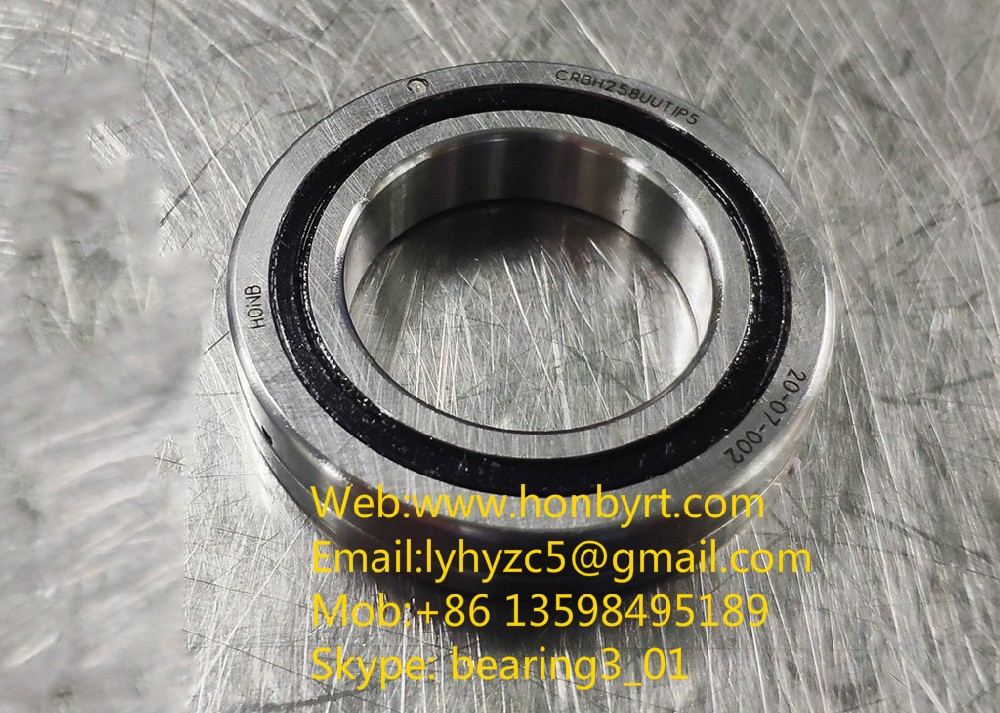1. Classification by rolling bearing structure type
(1) Bearings are classified according to the load direction or nominal contact angle they can withstand:
1) Radial bearings - rolling bearings mainly used to withstand radial loads, with a nominal contact angle ranging from 0 to 45. According to the nominal contact angle, they are further divided into: radial contact bearings - radial bearings with a nominal contact angle of 0: radial angular contact bearings - radial bearings with a nominal contact angle greater than 0 to 45.
2) Thrust bearings - rolling bearings mainly used to withstand axial loads, with a nominal contact angle greater than 45 to 90. According to the nominal contact angle, they are further divided into: axial contact bearings - thrust bearings with a nominal contact angle of 90: thrust angular contact bearings - thrust bearings with a nominal contact angle greater than 45 but less than 90.
(2) Bearings are classified according to the type of rolling element:
1) Ball bearings - rolling elements are balls:
2) Roller bearings - rolling elements are rollers. Roller bearings are classified according to roller type: Cylindrical roller bearings - bearings whose rolling elements are cylindrical rollers, with a length-to-diameter ratio of less than or equal to 3; Needle roller bearings - bearings whose rolling elements are needle rollers, with a length-to-diameter ratio greater than 3 but a diameter less than or equal to 5 mm; Tapered roller bearings - bearings whose rolling elements are tapered rollers; Self-aligning roller bearings - bearings whose rolling elements are spherical rollers.
(3) Bearings are classified according to whether they can be self-aligned during operation:
1) Self-aligning bearings - bearings whose raceways are spherical and can accommodate angular deviations and angular motions between the axis lines of the two raceways;
2) Non-self-aligning bearings (rigid bearings) - bearings that can resist angular deviations between the axis lines of the raceways.
(4) Bearings are classified according to the number of rows of rolling elements:
1) Single-row bearings - bearings with one row of rolling elements;
2) Double-row bearings - bearings with two rows of rolling elements;
3) Multi-row bearings - bearings with more than two rows of rolling elements, such as three-row and four-row bearings.
(5) Bearings are classified according to whether their components can be separated:
1) Separable bearings - bearings with separable components;
2) Non-separable bearings - bearings whose rings cannot be freely separated after the final matching.
(6) Bearings can also be divided into multiple structural types according to their structural shape (such as whether there is a filling groove, whether there are inner and outer rings and the shape of the rings, the structure of the ribs, and even whether there is a cage, etc.).


